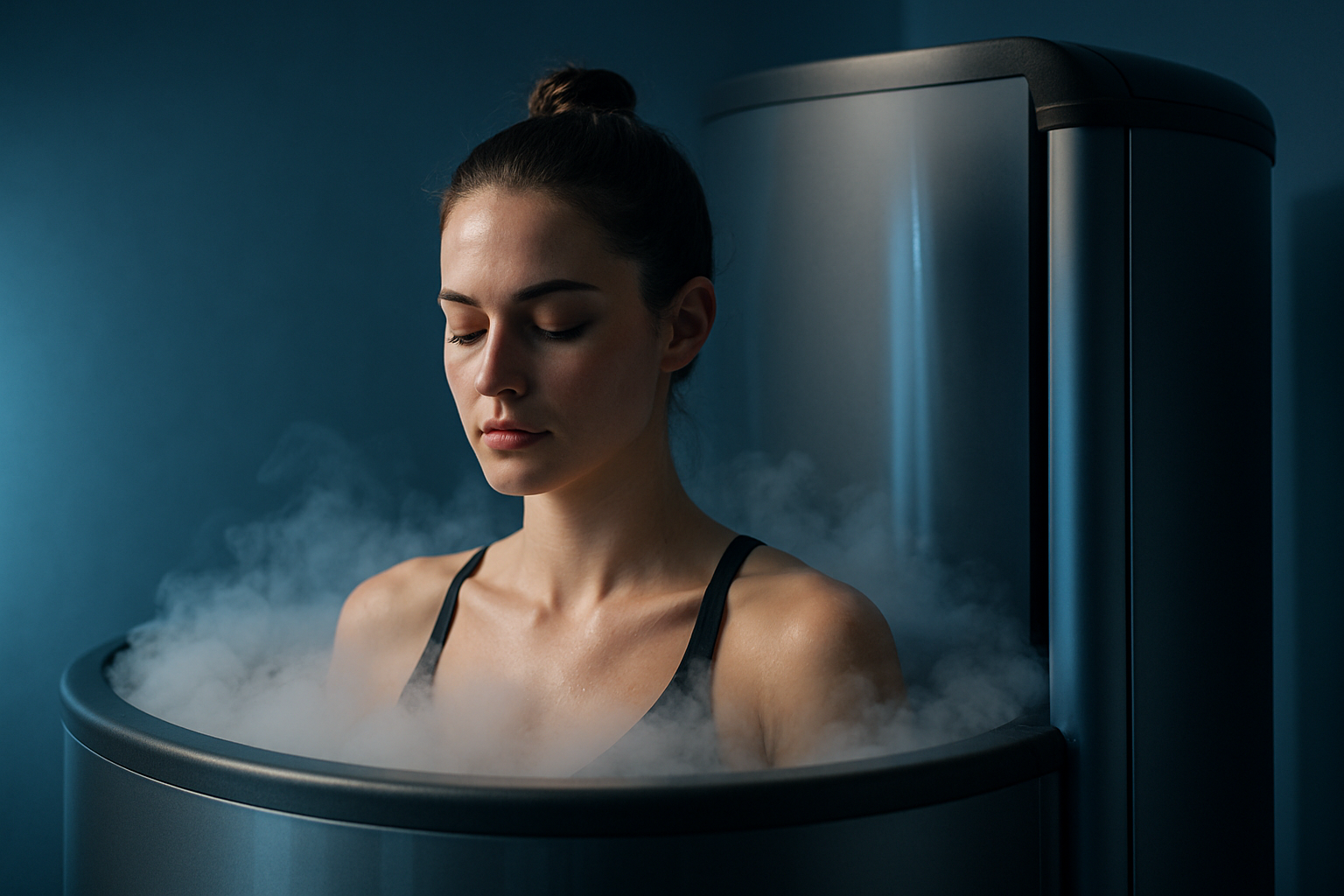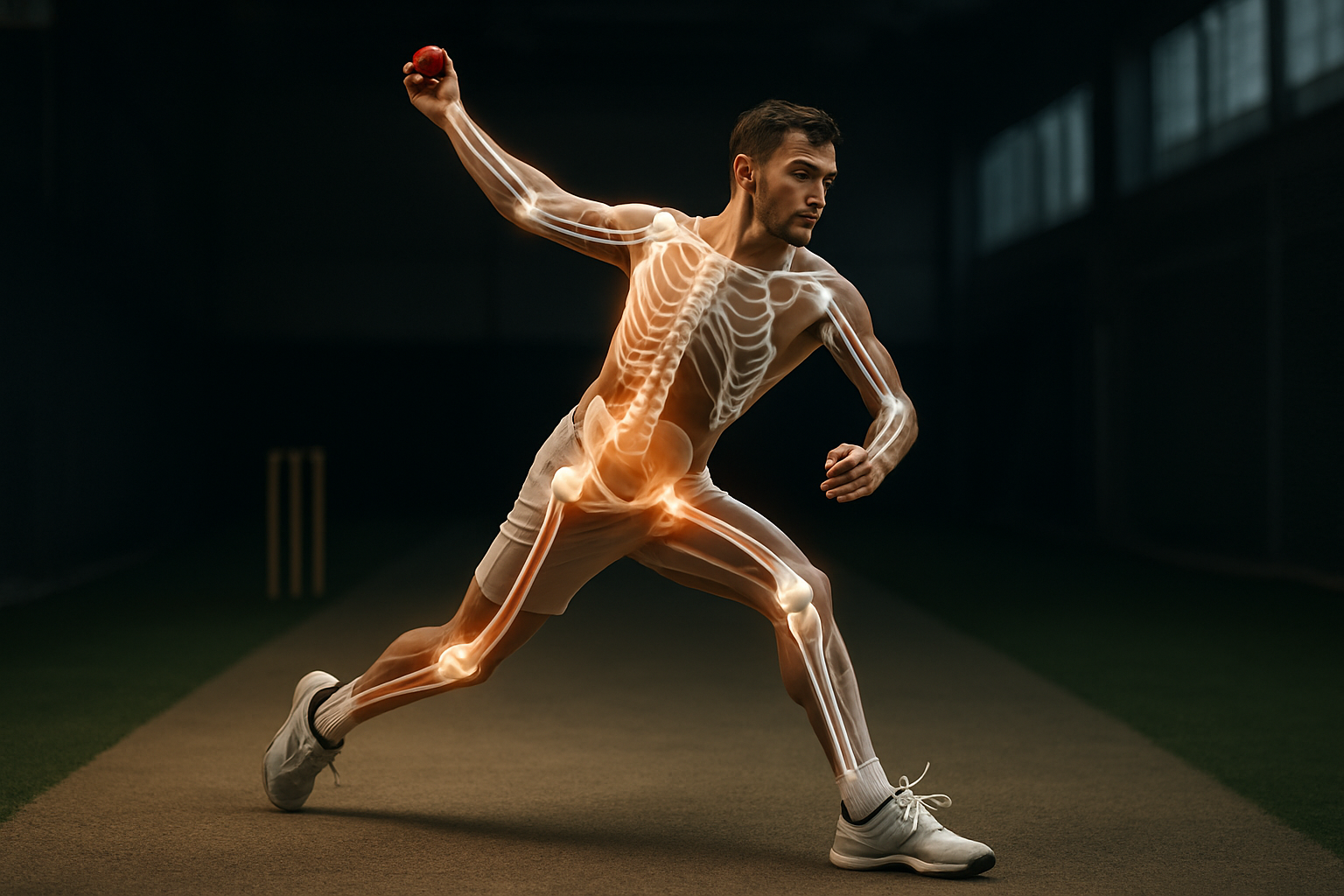Cryotherapy: The Cold Truth About Beauty's Hottest Trend
Ice baths have long been a staple for athletes seeking recovery, but now a new, extreme cold therapy is taking the beauty and wellness world by storm. Cryotherapy, which exposes the body to ultra-low temperatures for short periods, promises a myriad of benefits from pain relief to anti-aging effects. This cutting-edge treatment has rapidly gained popularity among celebrities, athletes, and wellness enthusiasts alike. As the industry continues to evolve, cryotherapy stands out as a prime example of how innovative technologies are reshaping our approach to beauty and fitness. But what exactly is cryotherapy, and does it live up to the hype? Let's dive into the icy depths of this cool trend and uncover the science behind the sensationalism.

The concept of using cold for therapeutic purposes dates back to ancient civilizations, with Hippocrates documenting the use of cold to treat swelling and pain. However, modern whole-body cryotherapy was developed in Japan in the 1970s by Dr. Toshima Yamauchi, who used it to treat rheumatoid arthritis. Since then, the technology has advanced significantly, and its applications have expanded far beyond its original medical use.
The Science of the Freeze
The theory behind cryotherapy is rooted in the body’s natural response to extreme cold. When exposed to such low temperatures, the body enters a survival mode, redirecting blood flow from the extremities to the vital organs. This process is believed to trigger several physiological responses:
-
Reduced inflammation: The cold exposure causes blood vessels to constrict, potentially reducing inflammation throughout the body.
-
Endorphin release: The shock of the cold can stimulate the release of endorphins, the body’s natural pain-killing and mood-elevating hormones.
-
Increased metabolism: The body burns calories to warm itself up after the session, potentially boosting metabolism.
-
Improved circulation: As the body warms up post-treatment, blood flow increases, potentially improving overall circulation.
-
Cellular regeneration: Some proponents claim that the stress of the cold triggers a cellular survival response, potentially leading to increased collagen production and skin rejuvenation.
While these mechanisms sound promising, it’s important to note that scientific research on whole-body cryotherapy is still in its early stages, and more studies are needed to fully understand its long-term effects and benefits.
Beauty in the Ice Age: Cryotherapy’s Cosmetic Claims
In the beauty industry, cryotherapy has been hailed as a fountain of youth, with proponents claiming it can tighten skin, reduce cellulite, and even boost collagen production. Some high-end spas and beauty clinics now offer “cryofacials,” which use localized cold therapy on the face to supposedly reduce puffiness, minimize pores, and give the skin a youthful glow.
The theory is that the extreme cold causes blood vessels to constrict and then dilate, which may improve circulation and oxygen supply to the skin. This process is thought to stimulate collagen production, potentially reducing the appearance of fine lines and wrinkles. Additionally, the cold is believed to constrict pores, potentially leading to a smoother complexion.
However, it’s crucial to approach these claims with a critical eye. While anecdotal evidence and some small-scale studies suggest potential benefits, large-scale, peer-reviewed research on cryotherapy’s cosmetic effects is limited. Many dermatologists caution that while cryotherapy may offer temporary improvements in skin appearance, its long-term effects on skin health and aging are not yet fully understood.
Fitness on Ice: Cryotherapy in Sports and Recovery
In the realm of fitness and sports, cryotherapy has gained significant traction as a recovery tool. Athletes from various disciplines, including basketball star LeBron James and soccer icon Cristiano Ronaldo, have incorporated cryotherapy into their training regimens.
The primary appeal for athletes lies in cryotherapy’s potential to reduce inflammation and muscle soreness. After intense physical activity, muscles often experience micro-tears and inflammation, leading to delayed onset muscle soreness (DOMS). Cryotherapy is thought to mitigate this process by constricting blood vessels and reducing metabolic activity, potentially slowing down the inflammatory response.
Moreover, some athletes report feeling invigorated and energized after cryotherapy sessions, attributing this to the release of endorphins and the stimulating effect of the cold. This perceived boost in energy and mood could potentially contribute to improved training performance and recovery.
However, as with its cosmetic applications, the scientific evidence supporting cryotherapy’s effectiveness in sports recovery is mixed. While some studies have shown promising results in reducing muscle soreness and improving recovery times, others have found no significant benefits compared to traditional ice baths or rest.
The Cold, Hard Truth: Risks and Considerations
Despite its growing popularity, cryotherapy is not without risks. The extreme cold can be dangerous if not properly administered, and there have been reports of frostbite and other cold-related injuries. People with certain health conditions, such as high blood pressure, heart problems, or circulation issues, are advised to avoid cryotherapy.
Moreover, the U.S. Food and Drug Administration (FDA) has not cleared or approved whole-body cryotherapy devices for medical treatment of any specific medical conditions. The agency warns that consumers may be misled by claims about the purported benefits of WBC, as many of these claims lack scientific evidence.
It’s also worth noting that cryotherapy is not a regulated industry in many countries, meaning that the quality and safety of treatments can vary significantly between providers. Potential users should thoroughly research facilities and ensure they have trained staff and proper safety protocols in place.
The Future of Freeze: Cryotherapy’s Place in Beauty and Fitness
As research continues and technology advances, cryotherapy’s role in the beauty and fitness industries is likely to evolve. Some experts predict that more targeted, personalized cryotherapy treatments will emerge, potentially offering more consistent and measurable results.
In the beauty industry, we may see the development of at-home cryotherapy devices, similar to the trend of personal LED light therapy masks. These could allow users to incorporate cold therapy into their daily skincare routines, albeit at less extreme temperatures than professional treatments.
For fitness and recovery, integration with other technologies like biometric tracking could lead to more tailored cryotherapy protocols. This could potentially optimize the timing and duration of treatments based on individual physiological responses and recovery needs.
However, the future of cryotherapy will largely depend on the outcomes of ongoing and future research. As more rigorous scientific studies are conducted, we’ll gain a clearer understanding of cryotherapy’s true benefits and limitations, which will shape its place in beauty and fitness regimens.
In conclusion, cryotherapy represents an intriguing intersection of ancient cold therapy principles and cutting-edge technology. While its potential benefits are exciting, it’s important to approach this trend with a balanced perspective, weighing the promising anecdotal evidence against the current limitations in scientific research. As with any new beauty or fitness trend, consulting with healthcare professionals and approaching with caution is advisable. The cold truth about cryotherapy is that while it’s undeniably cool, its long-term impact on beauty and fitness remains to be fully unveiled.





